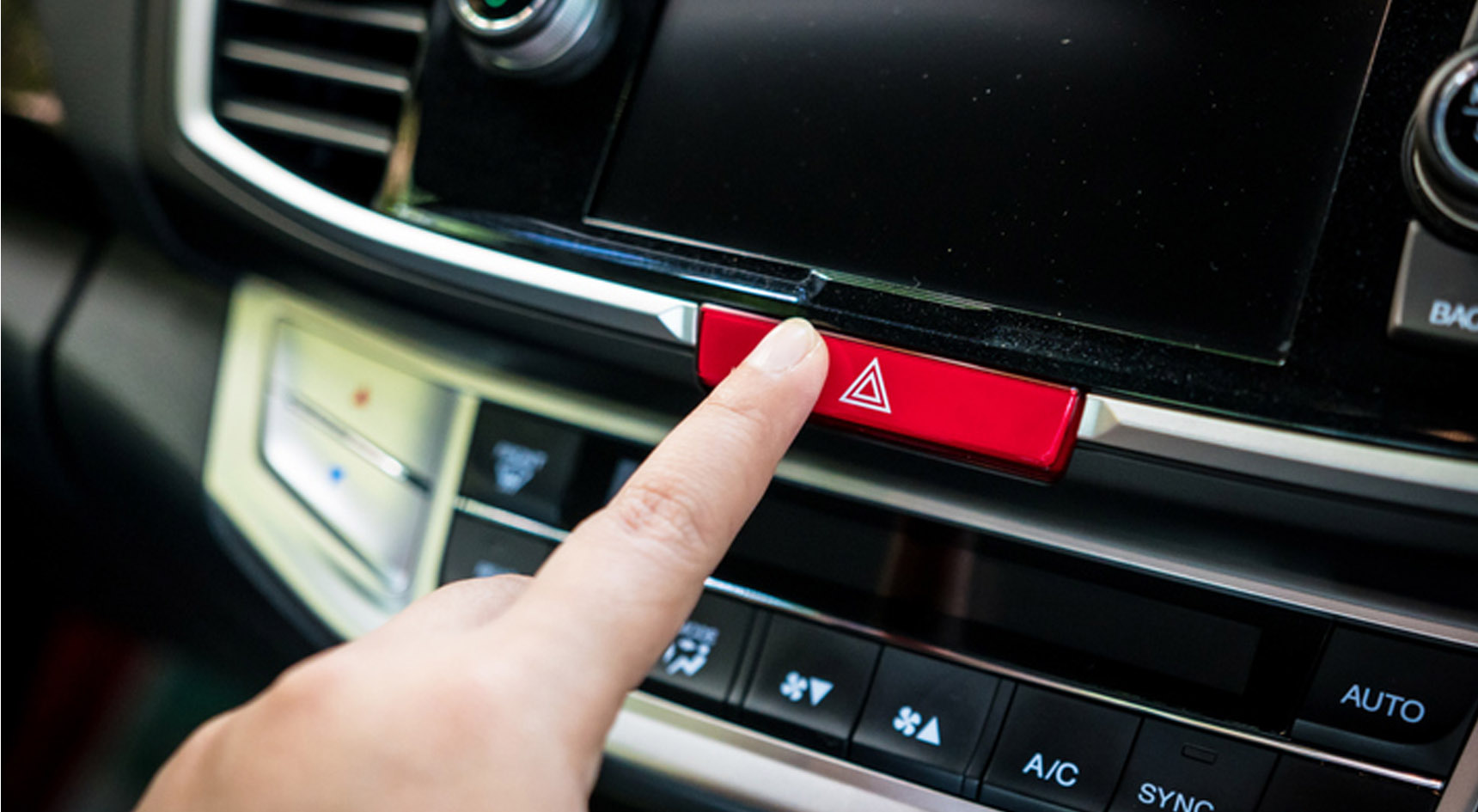By Jeremy Rochow
Published: Monday, January 22, 2024
We’ve all made this blunder before. You’re driving and turn a corner, then realise a few-hundred metres down the road you still have your indicator switched on.
Did you know this little mistake could result in hefty fine? If you’re caught misusing your indicators, you could receive a $247 fine, $99 Victims of Crime Levy and two demerit points.
However, it’s not a common offence, with 75 people caught misusing their indicator between 2019 and September 2023, and of those, only six were fined while the other 69 received cautions.
Flick your indicators off
Why is it important to flick your indicator off after you change lanes, turn a corner or pull out from the kerb?
RAA Senior Manager Safety and Infrastructure Charles Mountain says indicators are used to inform other road users of your intentions when driving.
“If you have your indicator on and you’re not planning on changing direction, it could confuse other road users,” Charles says.
“For example, if you leave your indicator on, a person entering traffic from a side road might assume you’re turning and pull out in front of you.
It’s good practice to check your indicators have switched off after you’ve completed a change-of-direction manoeuvre.
On some gentle turns, the indicators may not automatically cancel and you might not be able to hear the audible warning signal due to other sounds in the vehicle.
Hazard lights
It’s not just how you use your indicators when driving that can attract the attention of the authorities. If you use your hazard warning lights incorrectly, you could receive a $151 fine and $99 Victims of Crime Levy.

You can only use your hazard warning lights when:
- You have stopped and your vehicle may be obstructing the path of other vehicles or pedestrians
- the vehicle you’re driving is slow moving and might be obstructing the path of other vehicles or pedestrians
- Your vehicle is stopped in an emergency stopping lane
- You’re driving a vehicle and selling a product like ice creams, and children might come on the road
- You’re driving in hazardous weather conditions like fog or smoke
- The vehicle you’re driving is a bus carrying children, and you need to drop off or pick up children, or
- The hazard warning lights are operating as part of an anti-theft device or an alcohol interlock device.
Activating your hazard warning lights in situations other than the above doesn’t mean you can park or stop in places where there are parking restrictions. For example, you can’t park in a bike lane with your hazard lights on to answer a phone call or send a text.